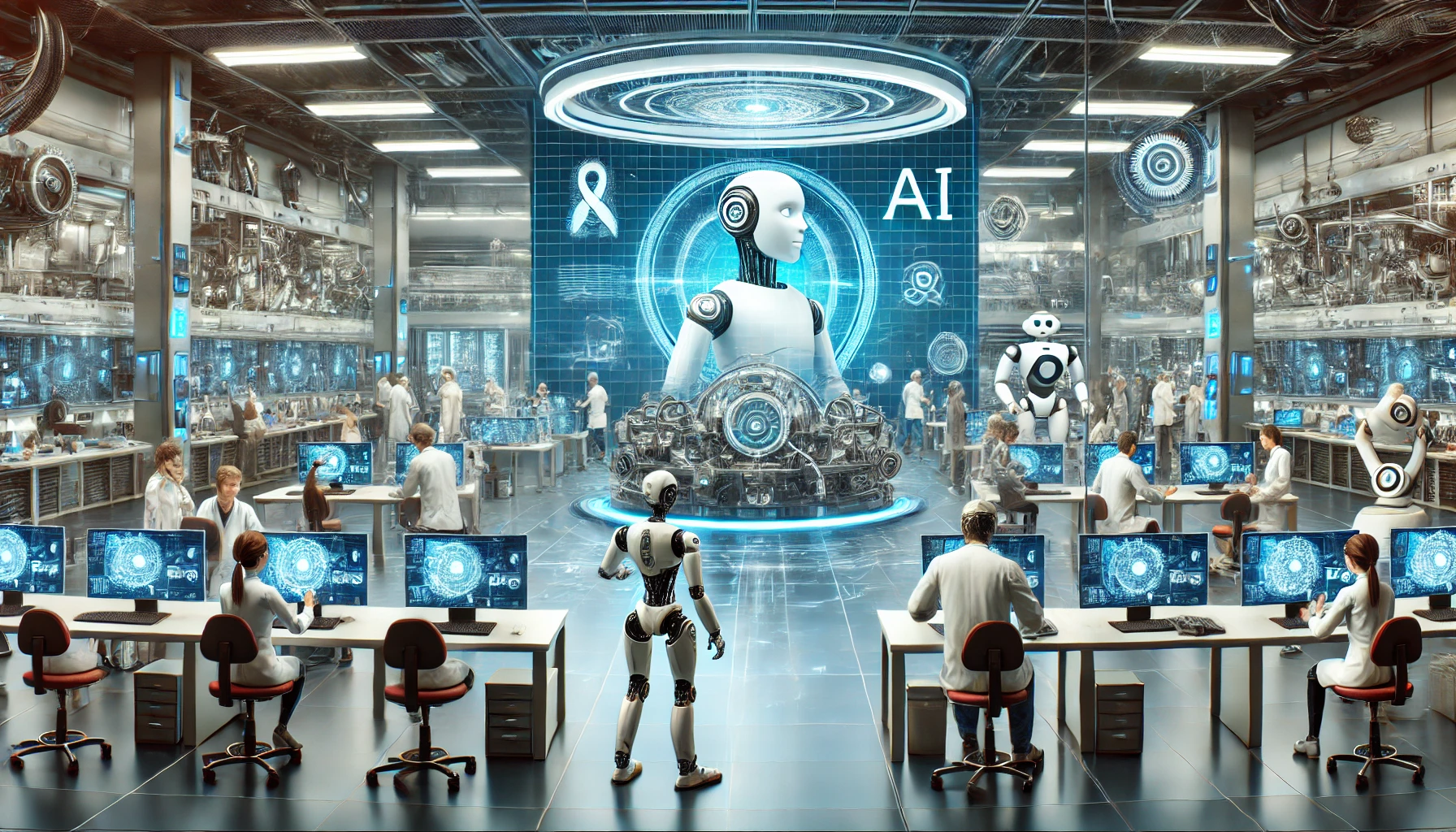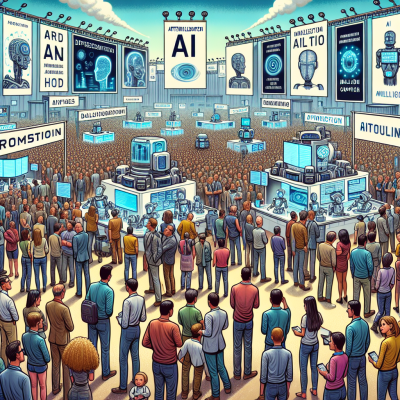
—
The AI Hype Machine at CES 2023: A Glimpse Behind the Curtain
The Consumer Electronics Show (CES) is globally renowned as a launchpad for the latest and greatest in technology. Every January, the tech world descends upon Las Vegas to showcase innovations that promise to shape the future. And in recent years, Artificial Intelligence (AI) has been the star of the show—or so it seems. But while this year’s CES served up plenty of AI-themed fanfare, digging deeper revealed a sobering reality: the words “AI” were liberally thrown around, yet substance and innovation were surprisingly scarce.
More Noise Than Signal
CES 2023 featured an endless parade of tech products sporting the AI label. From “AI-powered” coffee makers to “intelligent appliances” that claim to revolutionize daily tasks, the trade show floor was filled with devices proudly flaunting their smart credentials.
But here’s the catch: many of these so-called AI solutions were little more than traditional algorithms rebranded under the AI umbrella. In essence, what was being sold as revolutionary was, in many cases, the automotive equivalent of slapping a sporty decal on a standard sedan to convince buyers it’s a high-performance machine.
This phenomenon of “AI gaslighting”—making us believe that products are more advanced than they actually are—was particularly apparent at CES. Companies seemed to lean heavily on buzzwords like “machine learning” and “deep learning” without always delivering meaningful advancements. The result? Confusion and skepticism from industry experts and consumers alike.
What Is AI, Really?
To understand the extent of the overpromised and underdelivered narratives, it’s crucial to define what AI actually is. At its core, Artificial Intelligence refers to systems capable of performing tasks that typically require human intelligence, such as speech recognition, decision-making, or pattern identification. Advanced AI—like machine learning and neural networks—takes this a step further, allowing machines to adapt and improve without human intervention.
However, not all AI implementations are created equal. Many consumer products badge themselves as “AI-powered” when, in reality, they only make use of basic decision-making algorithms or simple automation techniques. This trend clouded the technological landscape at CES, leaving attendees wondering how much of what they were seeing was truly groundbreaking.
A Few Standouts Amid the Noise
While much of CES 2023 felt like an exercise in overhyped AI promise, there were a few glimmers of true innovation. Here are some highlights that stood out:
These examples highlight genuine potential, but they were the exceptions rather than the rule. For the average consumer, separating true innovation from empty marketing proved challenging.
The Problem With Overselling AI
This rampant overuse of the AI label presents several challenges for the tech industry:
Why Context Matters in AI Conversations
The importance of transparency cannot be overstated. Educating customers on what AI is—and isn’t—will benefit both businesses and consumers. Instead of using buzzwords to sell, companies should focus on context: explaining how their AI technology works, how it improves user experience, and what its concrete benefits are.
For instance, rather than calling a product “smartified” by AI, why not give specifics? If an AI-powered sleep tracker monitors your REM cycles, let buyers know how it does this. Does it use sensors? Machine learning-based predictive analysis? These kinds of explanations build trust, educate users, and elevate brands above the noise.
The Future of AI at Tech Events
AI’s role at CES—and in tech at large—is far from diminishing, but the industry needs a reality check. The era of riding the AI buzzword wave is unsustainable. Instead, organizations must shift their focus to developing AI technologies that deliver real-world value.
For CES to remain a credible platform for innovation, exhibitors must find the balance between hype and authenticity. Attendees are hungry for revolutionary technology, but they’re also expecting honesty from the brands they choose to support.
A Call to Action for Tech Leaders
As we reflect on CES 2023, it’s clear that the responsibility to shape the AI narrative rests with tech leaders and innovators. Here’s what the industry can do to steer toward a more authentic future:
It’s time for tech companies to treat AI not as a marketing gimmick but as the transformative tool it has the potential to be.
Conclusion: Cutting Through the Hype
CES 2023 served as both a cautionary tale and a wake-up call for the tech industry. While the event was packed to the rafters with self-proclaimed AI breakthroughs, much of it proved to be surface-level gloss. For AI to truly revolutionize our lives, companies must move beyond the gaslighting tactics and commit to transparency, education, and meaningful innovation.
The message for consumers? Question the hype. Next time you encounter an “AI-powered” device, ask questions, dig deeper, and don’t take the marketing at face value. Because while AI has the potential to shape our world, discernment is the key to navigating its inevitable evolution.
—



Leave a Reply